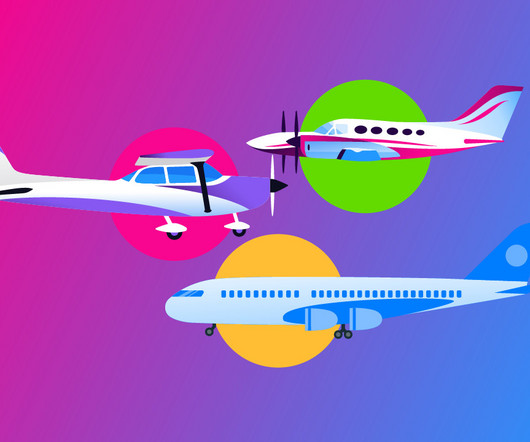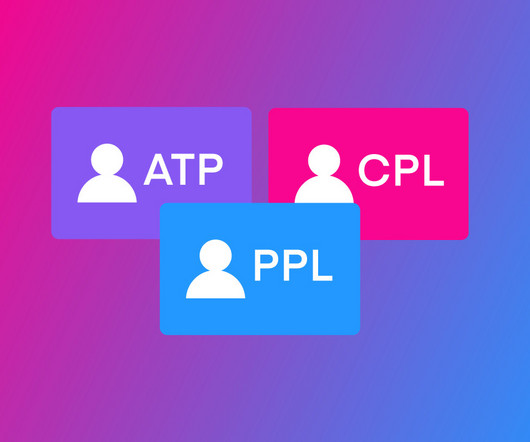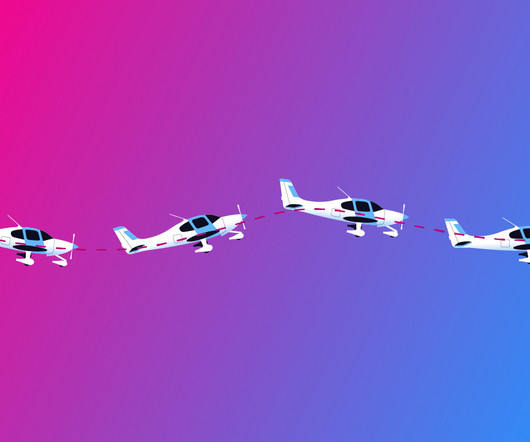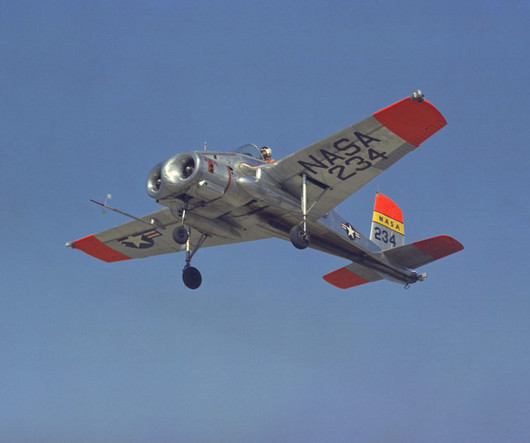The Difference Between Category, Class, and Type of Aircraft
Pilot Institute
MARCH 28, 2025
Whether you are an aspiring pilot, an aviation enthusiast, or simply curious about the subject, this article is for you. Category also has different meanings in pilot certification, aircraft certification, and instrument approaches. propellers) or thrust (i.e., What Is the Difference Between Category, Class, and Type?


















Let's personalize your content